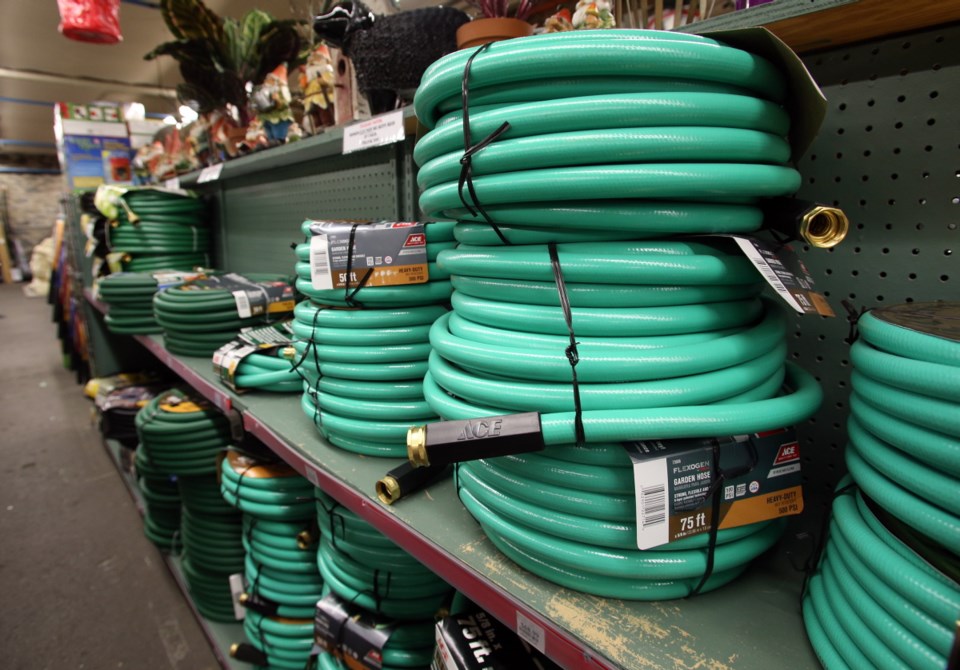Greater Victoria residents continue to use less and less water and will continue to be rewarded with rate increases.
Capital Regional District water commissioners have approved a 1.8 per cent increase in the wholesale water rate, which translates into an average annual increase of about $2.50 for a household.
Saanich Coun. Dean Murdock, chairman of the CRD’s water commission budget subcommittee, called the increase “modest.”
“Of course, I’d rather not have to recommend an increase at all, but given the price per cubic metre of water, we’re still talking about pennies a glass and they don’t even make pennies anymore,” Murdock said.
Ted Robbins, CRD general manager of integrated water services, told commissioners that the hot, dry summer had the CRD close to its projected water sales targets but an extremely wet September brought a sharp decline in consumption.
“I think the biggest challenges we’re facing are with respect to consumption, and we continue to chase that downward trend,” Murdock said. “This year is no different. We found ourselves about $1.9 million shy on the revenue side as a result of that downward trend, and that has a big impact on our revenues and the increase we have to recommend.”
Much of the revenue shortfall was offset by refinancing of long-term debt.
Murdock noted that the CRD is over the hump with debt-servicing costs associated with the $65-million purchase of the Leech watershed lands.
Residential water usage has been declining at between two and five per cent a year for the past 10 years, spurred in part by CRD water conservation campaigns.
While water use is declining, the CRD still needs to keep revenue high enough to pay for the cost of maintaining the water system.
Earlier CRD reports suggest the downward usage trend is expected to continue at a slower rate for the next decade as people install high-efficiency household appliances and water fixtures.
Murdock said the water commission has slowly adjusted water rates to account for declining water use. “We committed to doing that over a series of budget cycles … so that we didn’t have the sticker shock of that correction,” Murdock said.
“I think we’re victims of our own success in a way and we’re also at the mercy of the weather,” said Langford Coun. Lillian Szpak, a water commissioner.
The CRD wholesale water rate accounts for about 40 per cent of the price residents pay for water. The CRD sells water to municipalities and the Juan de Fuca distribution service. They then set the rate customers pay, building in their own costs. As a result, how much water rates increase will depend on where you live.



